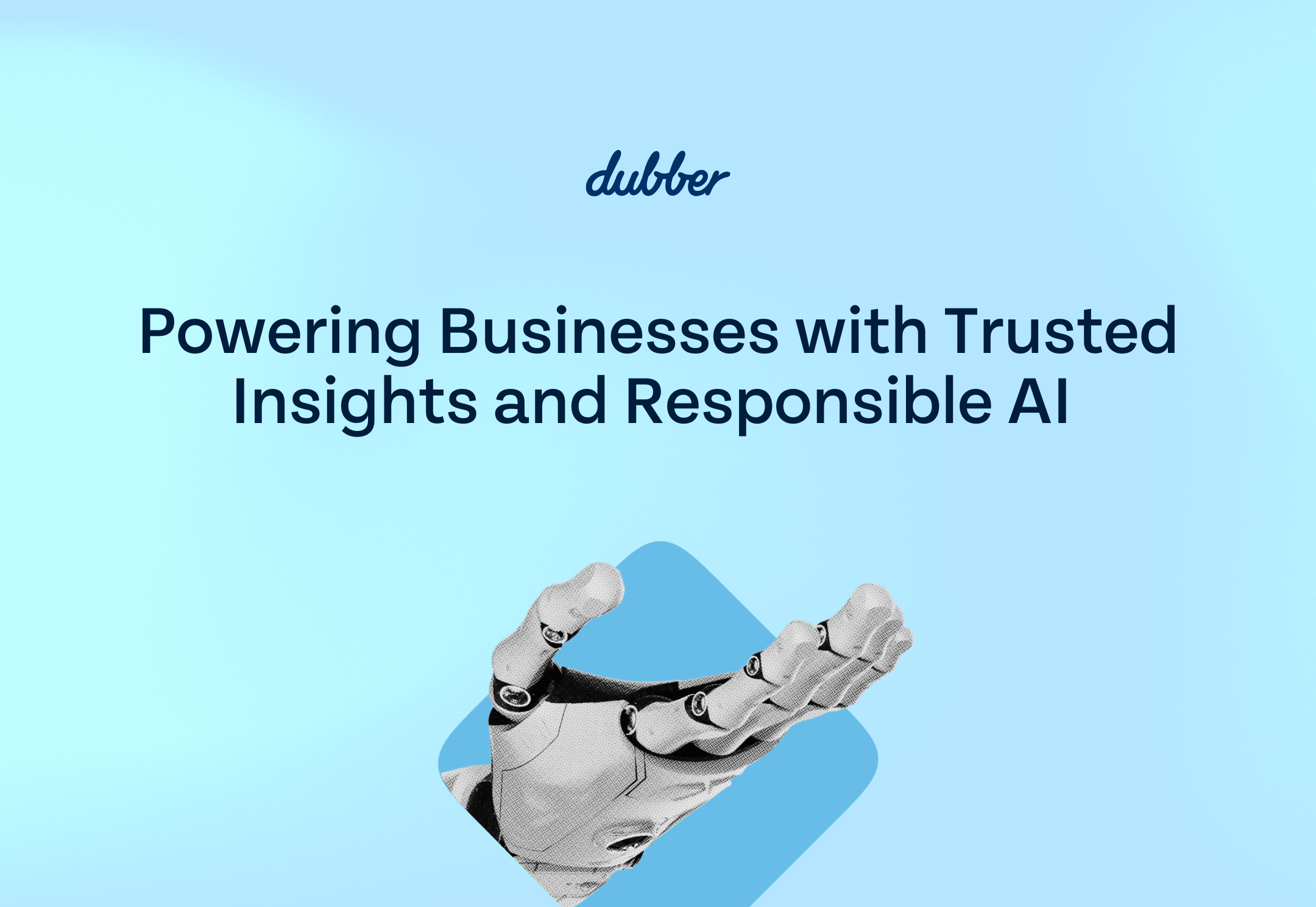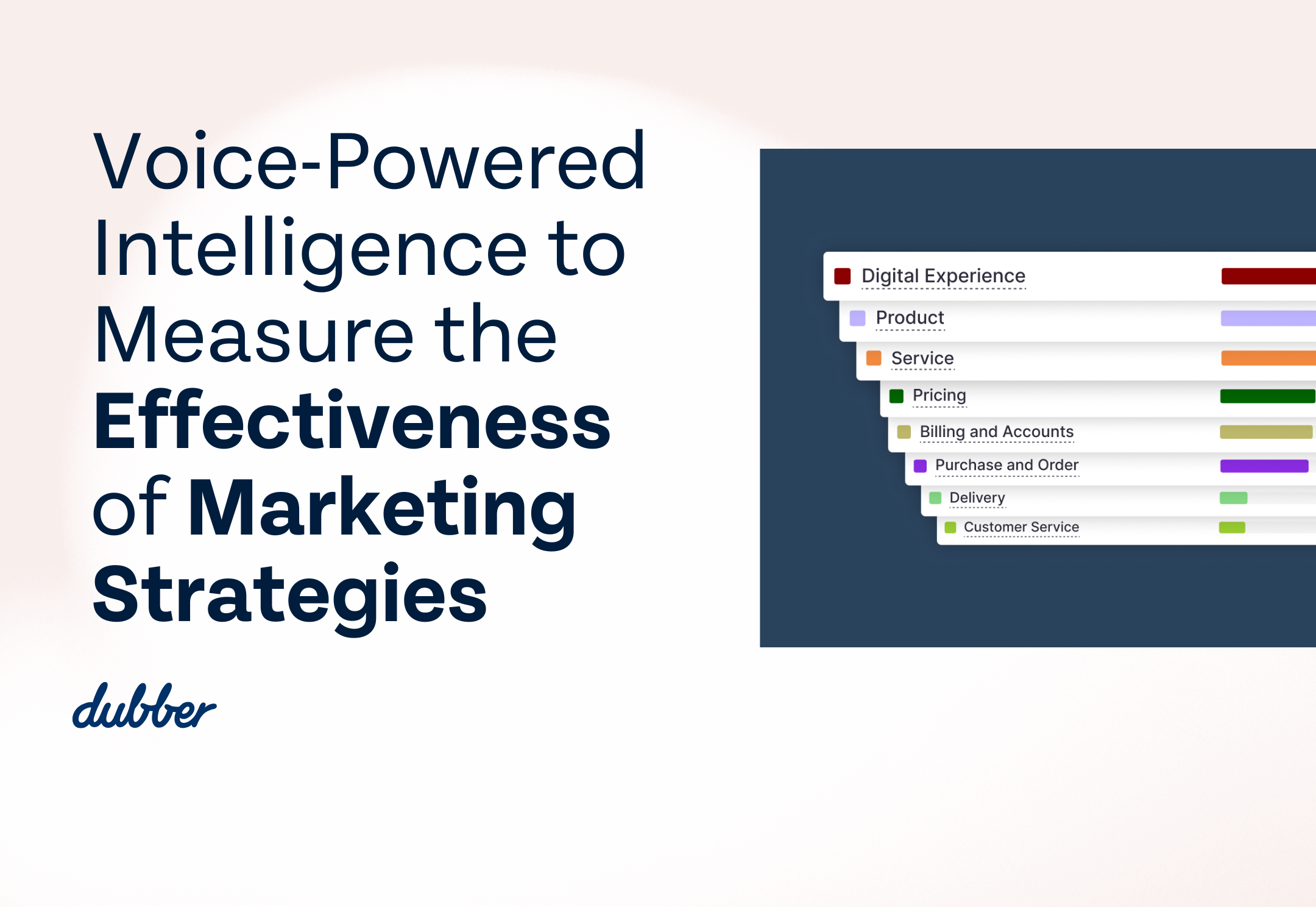

The Fourth Industrial Revolution: the digital workforce
The fifth, and final, instalment of our Fourth Industrial Revolution series explores what telecommunication service providers need to do in order to provide for the new digital workforce. Part one of the series gave an overview of the Fourth Industrial Revolution, part two looked at intuitive networks and how 5G and cloud technology fit into developments in the telecommunications industry, part three examined the growing importance of diversity in telecommunications product offerings, and part four examined the evolving expectations of customers.
The digital workforce is a manifestation of automated solutions, in various stages of development, that are currently driving productivity in the workforce. Integrations that share data across business tools are making workers and business processes more efficient, allowing employees to focus on more valuable activities. Over the next few years, enterprises will be increasingly deploying efficiency solutions driven by automation in order to improve the quality and productivity of their operational, back office, and customer service processes. Telecommunication service providers need to ensure they are meeting the expectations of modern businesses with their offerings, or they may be faced with increased risk of customer churn.
The connected workforce
Connectivity is steadily increasing due to innovation within the telecommunications industry, such as fixed-mobile convergence (FMC). You can read more about FMC in our white paper. However, digital players are making their way into the marketplace and disrupting the industry with rapid digital innovation. These agile disruptors are unpredictable and aren’t restricted by the legacy infrastructure and long development cycles that can hold traditional telecommunication service providers back from innovation. Digital services can often offer more opportunities for integration with existing systems, as well as better connectivity. Telecommunications service providers will need to innovate to compete with these digital players.
Alternative innovation
Innovation in the telecommunication industry has traditionally been characterised by staged developments that span multiple years. In order to compete with digital players and develop new products and services that can be deployed at scale, providers will need to review their innovation strategies. The World Economic Forum has discussed a recent trend towards innovation approaches that focus on collaboration, and the positive impact on growth that this achieves. Gone are the days of focusing on the ownership rights to intellectual property: the main focus in the future should be putting customers first. This is vital to obtaining a share of the market. These kinds of open innovation models allow external parties to contribute to the development of products and services, often achieving development at a scale that goes beyond the sum of its parts. Telecommunications companies have successfully nurtured a “sandbox” innovation approach that allows their research and development teams to work autonomously: giving them greater freedom for innovation.
Harnessing data
Data is increasingly being used to solve business problems and increase productivity within organisations. According to a 2019 report1, data science expertise is now a highly sought-after skill. Telecommunications service providers have a key role to fill in harnessing the vast amounts of conversational data held within our communications. With access to this valuable information, data scientists will be able to analyse and identify data trends, as well as problems that can be solved, through artificial intelligence.
Our Fourth Industrial Revolution series has shown that the telecommunications industry has a key role to play in shaping the way we communicate, collaborate, and consume. With developments in networks and product offerings, service providers can capitalise on the evolving expectations of customers and stay ahead of the competition. New methods of innovation can help them to compete with digital players, and their customer bases can provide them with the data they need to provide personalised offerings that will reduce churn and help with customer acquisition.
1Firebrand, Vitamin T & Aquent (2019) Transformation of the Digital Workforce: 2019 Report. Australia.

